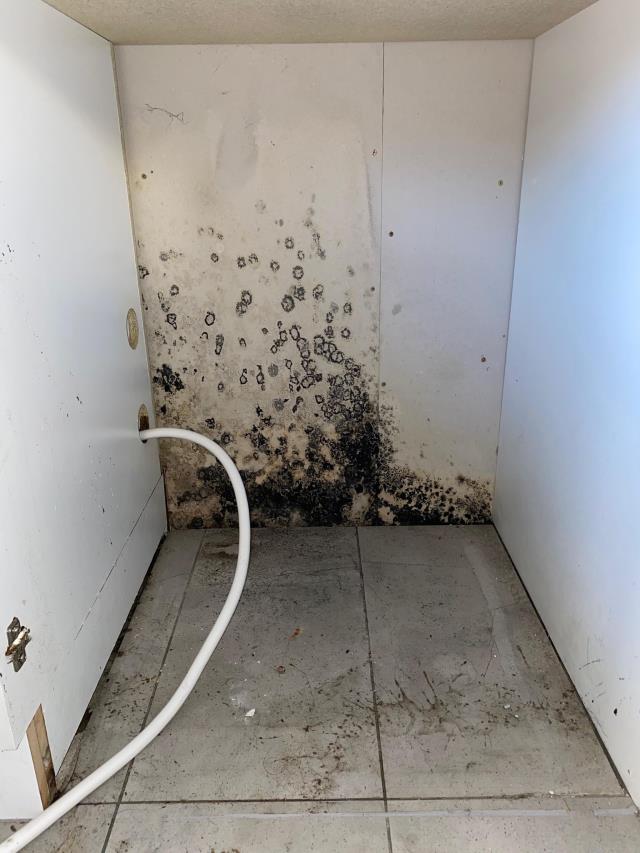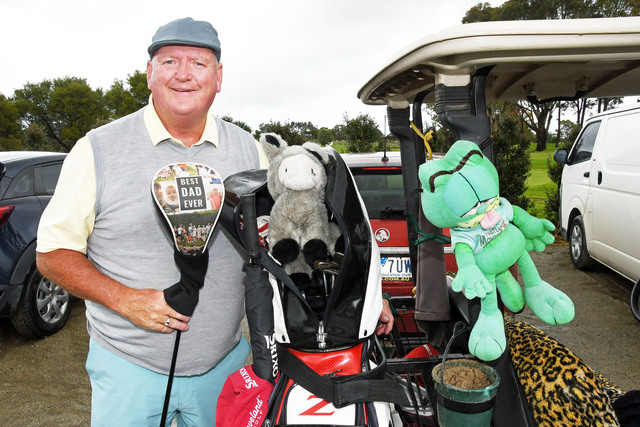Labour use has decreased on Australian horticulture and dairy farms and increased on broadacre farms over the last few years, according to the latest ABARES survey results.
ABARES executive director Dr Jared Greenville said despite the decline in labour use, agricultural production has increased over the same period, indicating that farms have adapted to constrained labour supply.
“The total number of workers used by Australian horticulture farms decreased by around 20 per cent (29,300 workers) over the last three years, mainly due to a decrease in overseas working holiday makers,” Dr Greenville said.
“When we look at changes to peak labour use, we have seen a reduction of close to 35,000 workers on horticulture farms compared to three years ago.
“Over the same period, horticulture production has increased by around three per cent, with farms adapting to constrained labour supply by finding ways to improve productivity, making greater use of capital equipment in the place of labour, along with increasing hours worked by employees.
“Farmers have looked to non-labour means of bringing the harvest in. Around 40 per cent of horticulture farmers have used machinery, like fruit picking machines, to help with the harvest. Others have altered crop plantings for a longer peak harvest.
“Large farms accounted for almost all of the decrease in horticulture labour use over the last three years, and the largest farms also had the most difficulty recruiting.
“Labour use increased on Australian broadacre farms between 2018–19 and 2020–21, driven by improved seasonal conditions and higher production. Labour use declined on dairy farms over the same period, mainly due to decreases in the number of operating farms and the number of domestic and overseas workers per farm.”
You can read the ABARES Labour use in Australian agriculture report and data visualisation at agriculture.gov.au/abares/research-topics/labour







